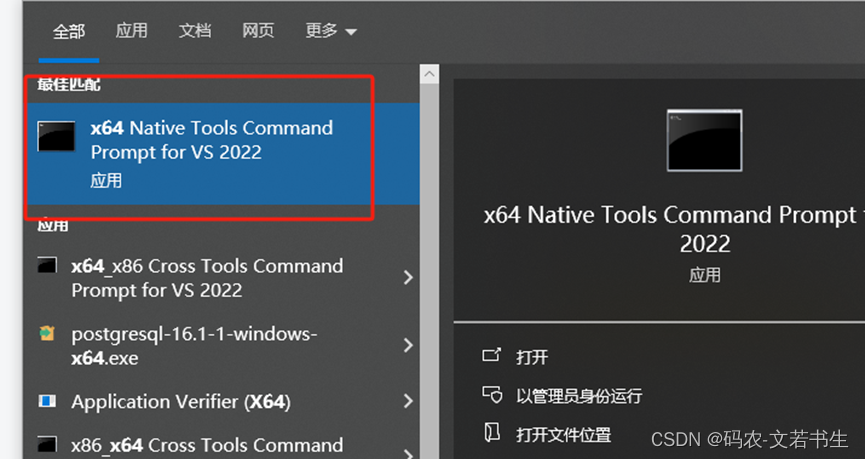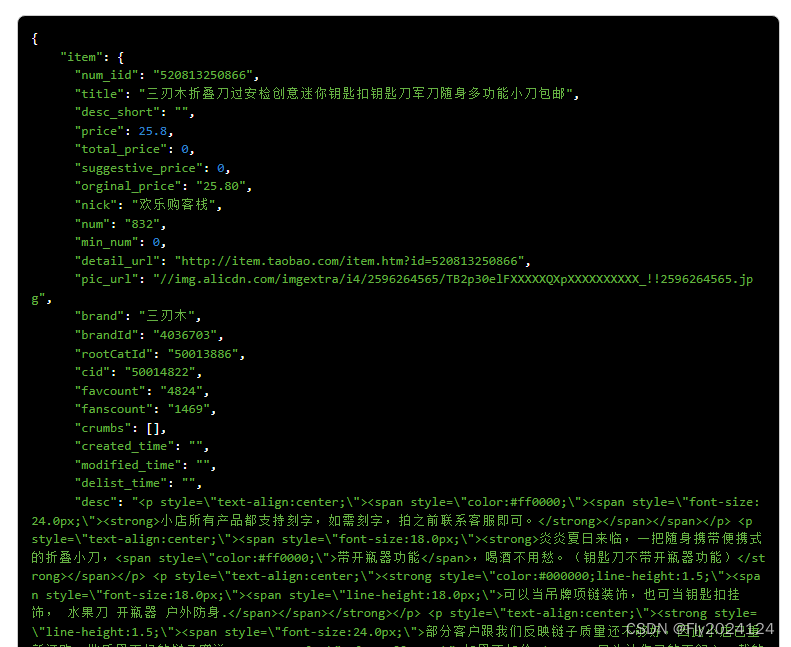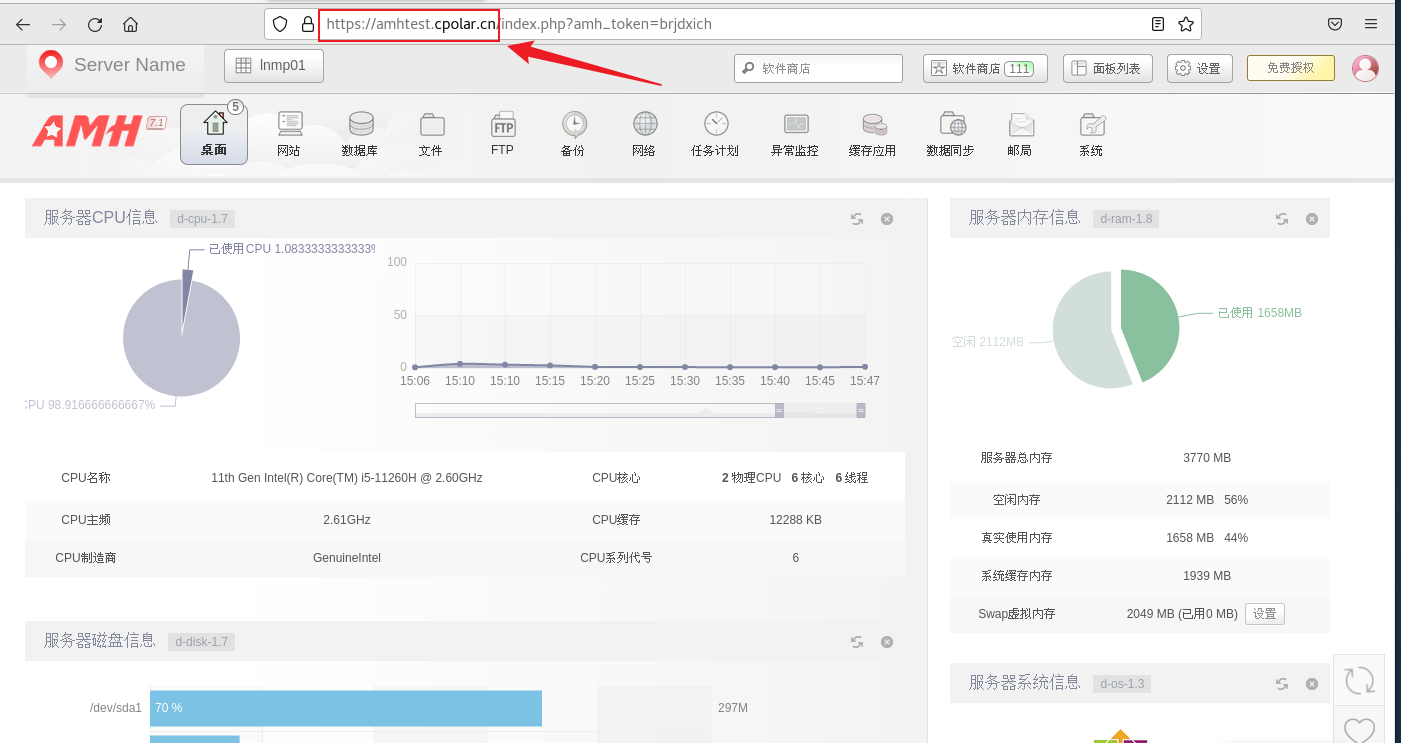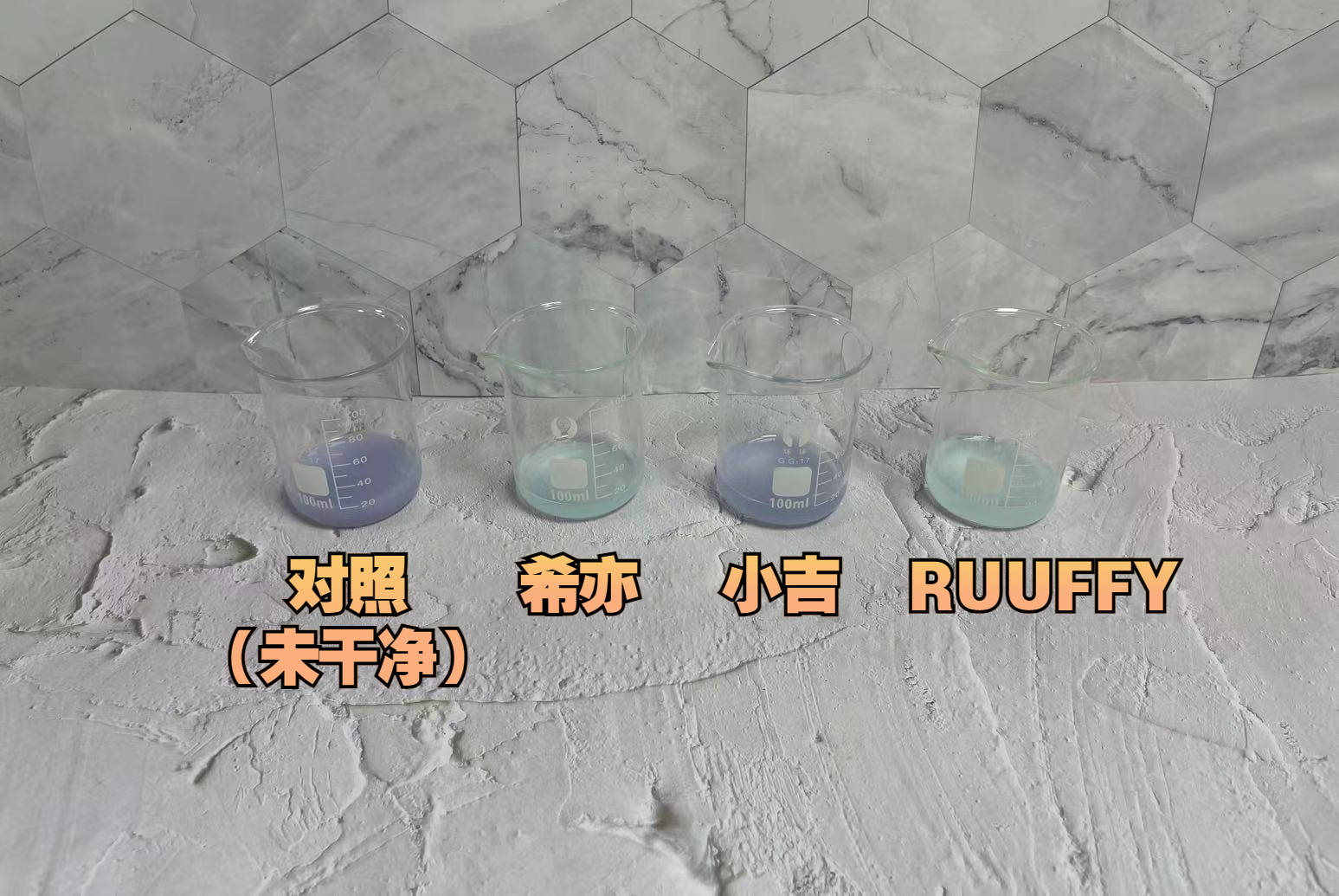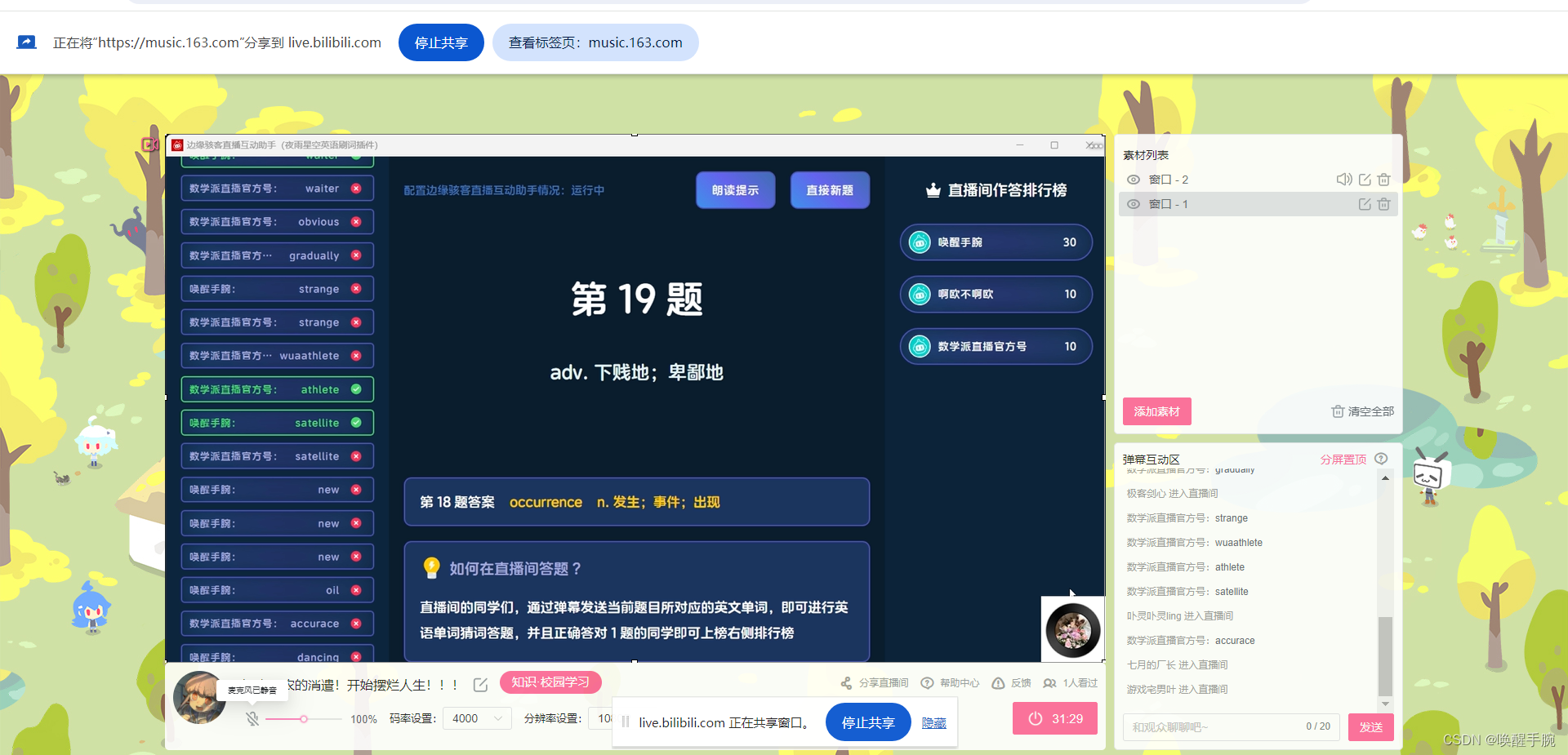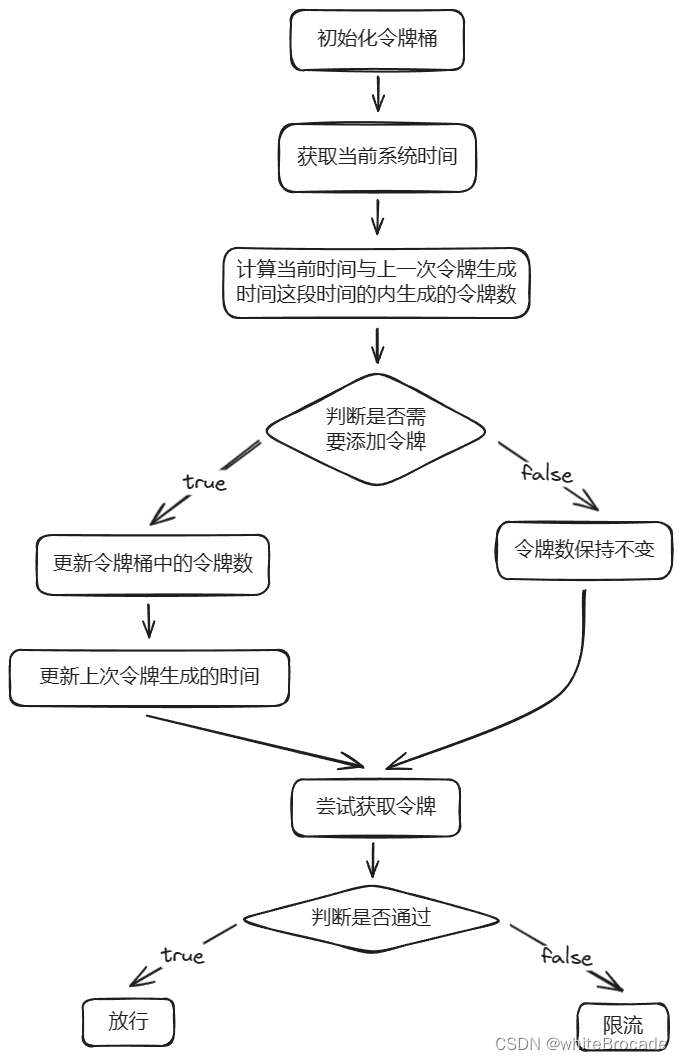洋葱圈模型
什么是洋葱圈模型?
洋葱圈模型是一种函数执行机制,函数的执行想洋葱一样,从外圈到内圈再到外圈,使用过nodejs中的koa的都知道,在Koa框架中,洋葱圈模型的概念是指将中间件按照一定的顺序组织成一条链,并且在请求处理过程中,请求会依次经过这条链上的每个中间件。这些中间件可以在请求的处理过程中执行一些逻辑操作,例如验证请求、处理数据、修改响应等。洋葱圈模型的执行顺序是从外层中间件进入,然后依次经过内层中间件,最后再从外层中间件返回。
洋葱圈模型有什么用?
洋葱圈模型是一种面相切面编程思想,将横切关注点从主要业务逻辑中分离出来,以提高代码的可维护性和可重用性。这些横切关注点可以被多个请求共享,并与主要业务逻辑解耦,从而使代码更加模块化和可维护。
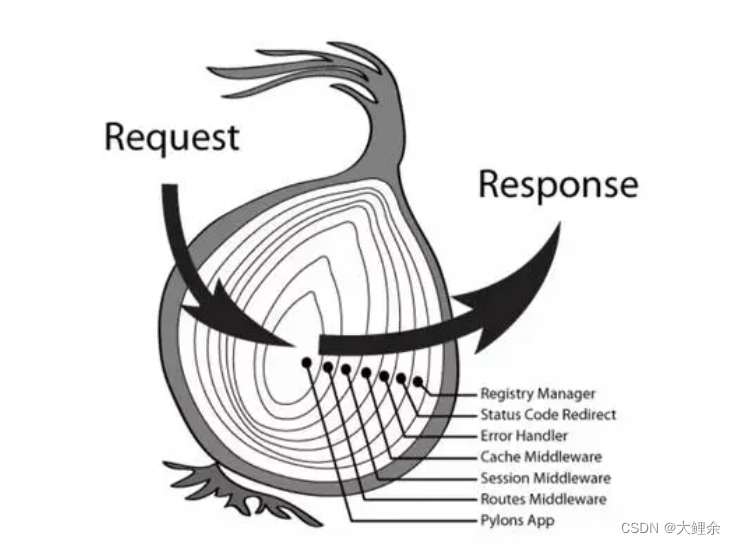
js代码实现
class Task_onion_ring {
#tasks = []
#current_task_index = 0
#is_running = false
addTask(task) {
typeof task === "function" && this.#tasks.push(task)
}
async run() {
if (this.#is_running) { // 避免多次调用
return
}
this.#execute()
}
async #execute() {
try {
if (this.#current_task_index >= this.#tasks.length) {
this.#is_running = false
this.#current_task_index === 0
this.#tasks.length = 0
return
}
const current_task = this.#tasks[this.#current_task_index]
this.#is_running = true
const old_task_index = this.#current_task_index
await current_task(this.#next.bind(this))
const current_task_index = this.#current_task_index
if (current_task_index === old_task_index) {
this.#current_task_index ++
this.#execute()
}
} catch (error) {
//错误处理
console.log(error)
}
}
#next() {
this.#current_task_index++
this.#execute()
}
}
const t = new Task_onion_ring()
t.addTask(async (next) => {
console.log(1, 'start')
await next()
console.log(1, 'end')
})
t.addTask(async (next) => {
console.log(2, 'start')
await next()
console.log(2, 'end')
})
t.addTask(() => {
console.log(3)
})
t.addTask(() => {
console.log(4)
})
t.run()
t.run()
t.run()
结果展示

总结
- 介绍了什么是洋葱圈模型
- js实现
- 结果展示


